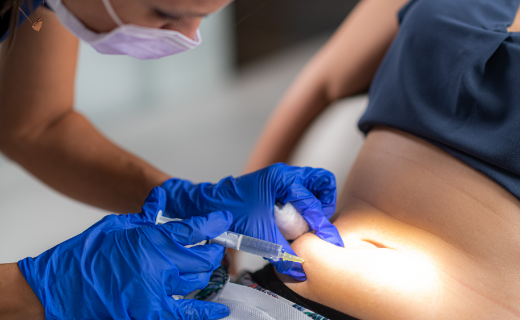Lanolin is a yellow fat obtained from sheep’s wool (3). Over the years, it has been used topically to treat sore nipples due to breastfeeding. Lanolin can be purified by removing pesticide and detergent residues. This leads to an improvement in safety and reduces the allergenic potential (4).
This yellow fat mainly consists of fatty acids and fatty alcohols. It has anti-inflammatory properties as well as the ability to absorb many times its own volume in water, thanks to the wool wax alcohols it contains. Wool wax has skin-caring, softening, emulsifying, lipid-replenishing, water-repelling, and skin-protecting properties, thus promoting skin repair. For these reasons, it is an excellent substance for the care of sore nipples and lips.
